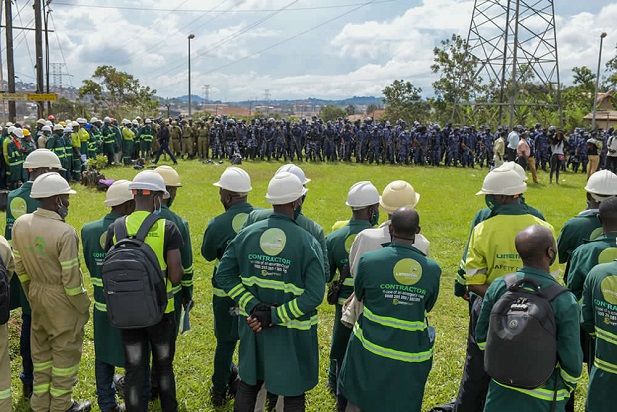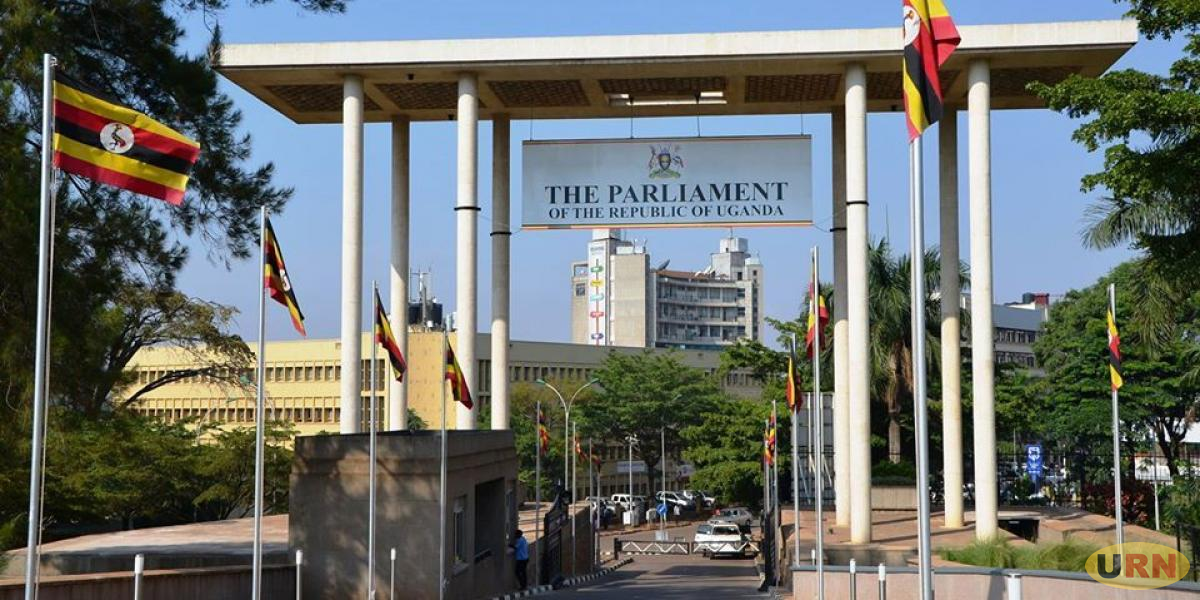The government has announced it will discontinue payments for deemed power as the Achwa and Karuma Hydroelectric power stations are expected to commence operations this year. Deemed energy, often unused electricity available from independent power producers (IPPs) due to non-existent or weak grid infrastructure, has been a financial burden.
John Muwanga, the Auditor General, reported a cost of up to 88 billion Shillings in FY 2020/2021 due to this inefficiency. Dr. Ruth Nankabirwa, the Minister of Energy and Mineral Development, disclosed that the government had been paying about US $24 million annually for deemed power since 2019, totaling approximately 90.814 billion Shillings.
However, with the completion of distribution networks from Karuma and Aswa Hydroelectric power stations (producing 600MW and 83MW, respectively), this financial strain has been alleviated.
Dr. Nankabirwa emphasized that the power line from Karuma would channel about 200MW to West Nile, meeting a demand of 11MW in the Acholi sub-region and a projected 21MW, aiding social-economic transformation even reaching South Sudan and the Democratic Republic of Congo – DRC.
Last year, Parliament’s Committee on Natural Resources presented a budget estimate of 113 billion for FY 2022/2023 to cover deemed energy costs, sparking queries from the Opposition. Dr. Emmanuel Otaala, Committee Chairperson and West Budama South Member of Parliament, highlighted the government’s financial burden due to non-existent or weak grid infrastructure and insufficient demand, leading to costs for deemed energy.
Dr. Otaala noted the government’s failure to complete the 132kV Gulu-Agago transmission lines, resulting in deemed energy costs for unutilized electricity from the Achwa hydropower plant. An additional 80 billion has been allocated in the subsequent financial year’s budget for contractual obligations arising from delayed power evacuation at Achwa.
In December 2023, Parliament approved a 318 billion Shillings supplementary budget for the Electricity Access Scale-Up Project (EASP). Of this, 128 billion will connect 200,000 households, and 58 billion will cover shortfalls in contractual obligations for deemed energy, specifically for the Lira-Agago transmission line to Achwa-Agago Dam.
The Ministry of Energy aims to make 300,000 connections in FY 2022/2023 under the Electricity Connection Policy (ECP), aligning with Uganda’s Vision 2040 goal of universal electricity access. Currently, statistics from the Electricity Regulatory Authority (ERA) indicate that 1.7 million households are connected to the national grid, short of the eight million target.
-URN





